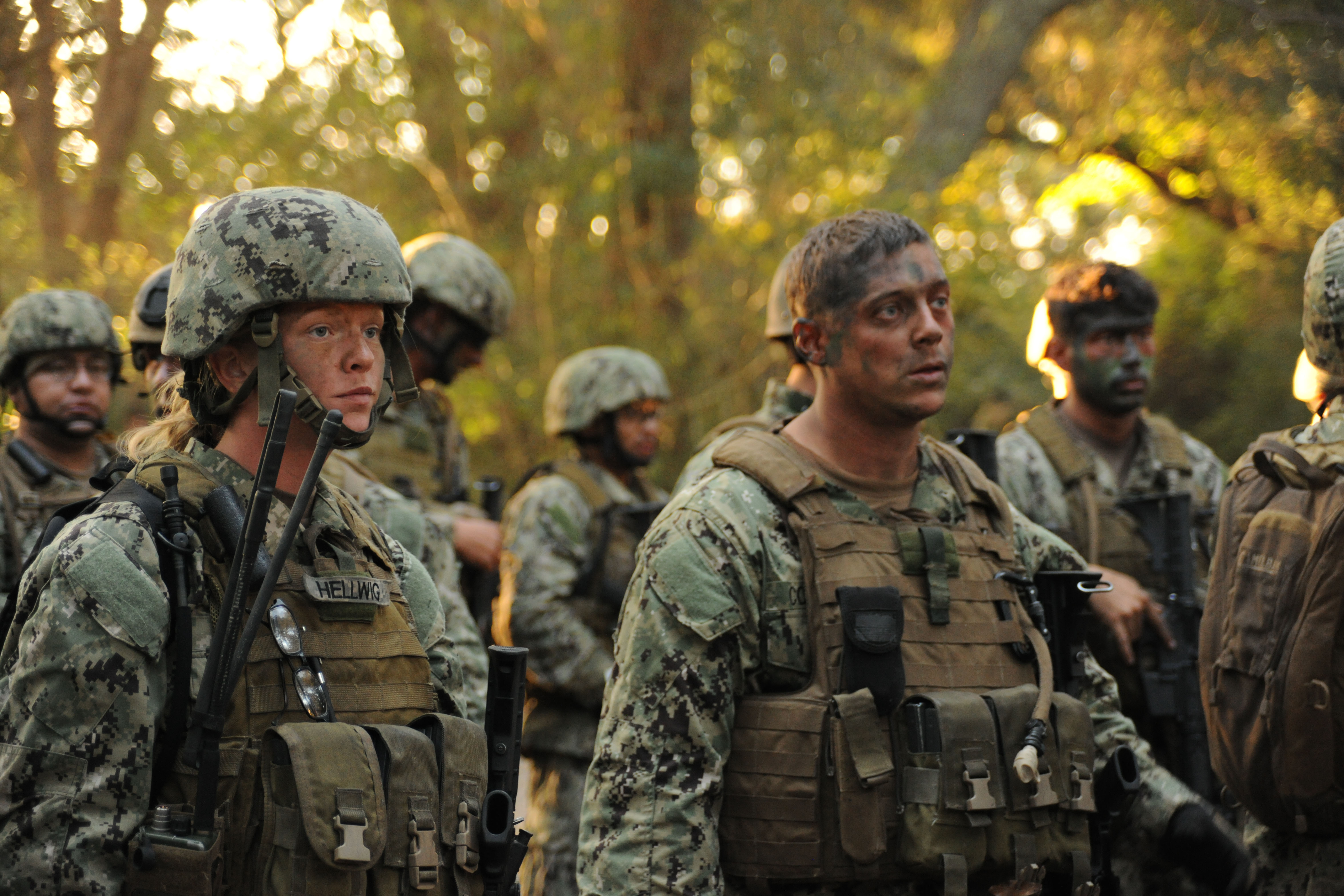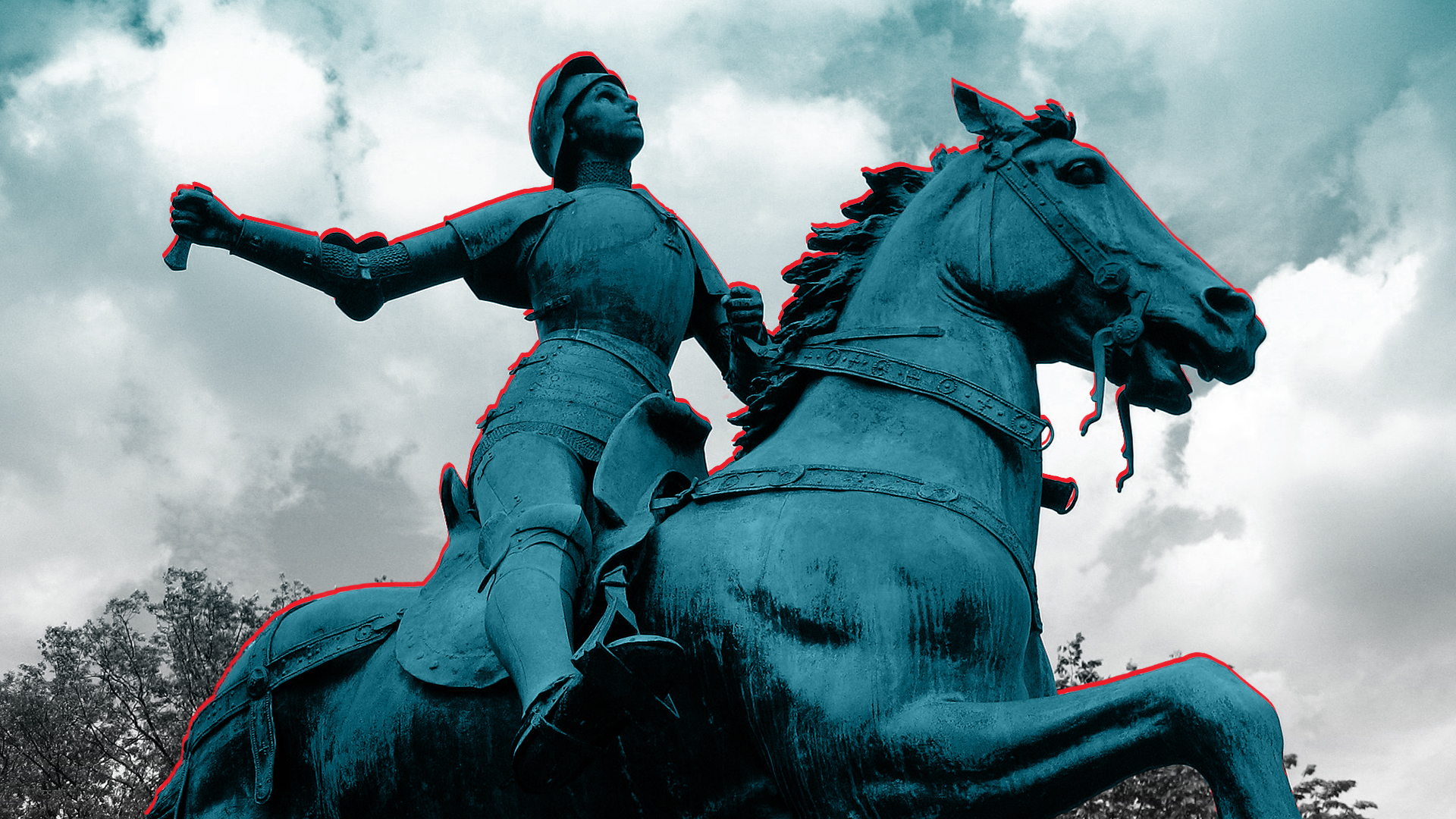One of the questions I’m most frequently asked when people find out I’m a veteran is, “But you didn’t go in harm’s way, did you?”
I’ve been asked this question since I first joined the Navy. After nearly a decade of people asking me some version of this question, I have come to understand its implicit assumptions: that the only “real” military service is in combat; that a “front line” exists; and that women aren’t on it. None of these are true, and these assumptions overlook the fact that the military is fraught with hazardous and psychologically taxing assignments that don’t involve direct combat.
Female veterans often find themselves caught in a double bind when discussing their service due to the assumption that women are not combat veterans: disbelief if they are, and devaluation of their service, written off as not “real” veterans, if they are not. While the glorification of combat service as the only “real” service is problematic for many reasons – and most male veterans did not serve in direct combat – characterizing service in this way poses a particular challenge for female veterans. These women already face the obstacle that many, including male veterans from previous generations, do not think of women as veterans at all.
Over the course of the last year, I engaged with over 100 servicewomen and female veterans to understand how experiences on active duty affect women’s identities as veterans. Some were women I had served with and close friends; some were strangers who responded to social media postings. They spanned four decades of service and came from every walk of life, ethnicity, sexual orientation, service branch, and military occupational specialty. If there is any universality to the findings, it’s that being a woman in the military is a uniquely lonely experience. Servicewomen are promised they are joining a brotherhood at enlistment or commission, only to find that women are constant outsiders.
Read the full report.


